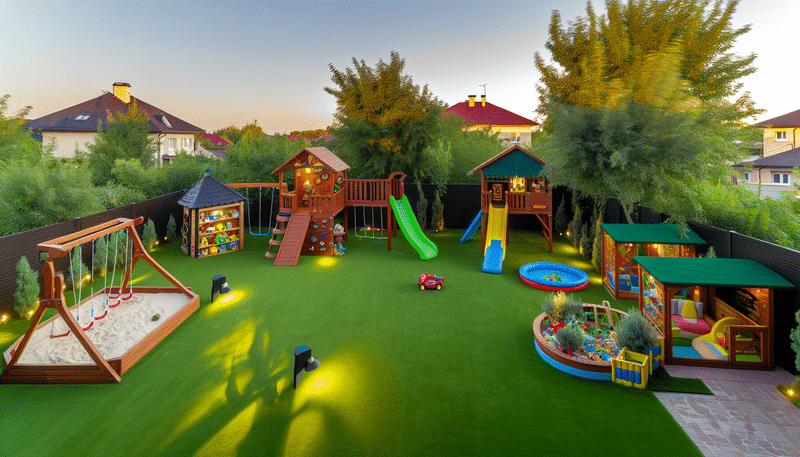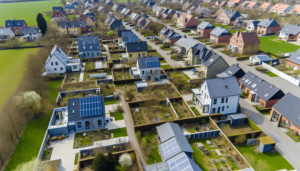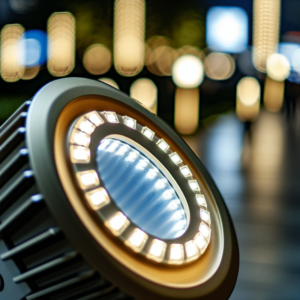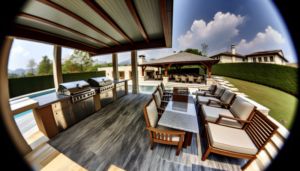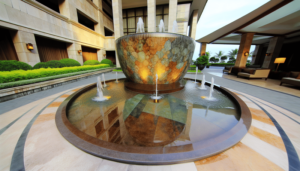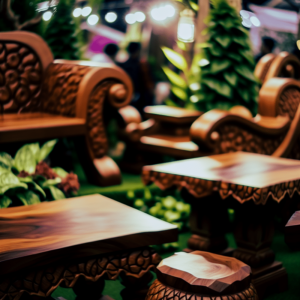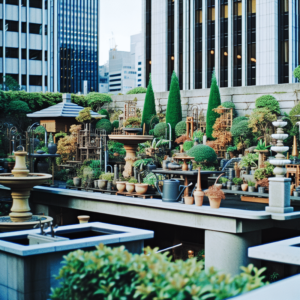When it comes to creating a backyard playground for your children, one of the most important considerations is the surface. A proper playground surface can provide a safe, comfortable, and durable area for kids to play on. In this article, we’ll explore the different types of backyard playground surfaces available, their benefits and drawbacks, and factors to consider when choosing the best surface for your family’s needs.
Types of Backyard Playground Surfaces
There are several types of playground surfaces to choose from, each with its own unique features and benefits:
- Rubber Mulch: Made from recycled tires, rubber mulch is a popular choice for its durability, low maintenance, and excellent shock absorption properties.
- Poured-in-Place Rubber: This seamless surface is created by mixing rubber granules with a binder and pouring it on-site. It offers a smooth, accessible surface with customizable colors and designs.
- Artificial Grass: Synthetic turf provides a natural look without the maintenance of real grass. It’s a durable option that can withstand heavy play.
- Organic Mulch: Wood chips, bark, and engineered wood fiber are natural, affordable options that offer good drainage and a soft landing surface.
- Pea Gravel: Small, rounded stones that provide good drainage and a natural appearance. However, they can be uncomfortable to walk on and may require regular raking.
- Sand: A classic choice for playgrounds, sand is soft and inexpensive but can be messy and attract animals.
Factors to Consider When Choosing a Playground Surface
When selecting a surface for your backyard playground, consider the following factors:
- Safety: Look for surfaces that provide adequate shock absorption to minimize the risk of injuries from falls.
- Accessibility: Ensure the surface is accessible for children with disabilities and meets ADA requirements.
- Maintenance: Consider the level of maintenance required for each surface type, such as periodic raking, refilling, or cleaning.
- Climate: Choose a surface that can withstand your local weather conditions, such as extreme temperatures, rain, or snow.
- Budget: Determine your budget and compare the initial installation costs and long-term maintenance expenses of each surface option.
Playground Surface Depth and Fall Height Protection
To ensure a safe play environment, it’s crucial to install the playground surface at the appropriate depth based on the fall height of the equipment. The following table provides general guidelines for surface depths:
| Fall Height | Rubber Mulch | Wood Chips | Sand | Pea Gravel |
|---|---|---|---|---|
| 4 feet | 6 inches | 6 inches | 6 inches | 6 inches |
| 5 feet | 6 inches | 6 inches | 9 inches | 6 inches |
| 7 feet | 9 inches | 9 inches | 12 inches | 9 inches |
| 10 feet | 9 inches | 9 inches | 12 inches | 12 inches |
Playground Surface Maintenance
Regular maintenance is essential to keep your playground surface safe and functional. For loose-fill surfaces like rubber mulch, wood chips, sand, and pea gravel, periodically rake the surface to maintain an even depth and remove debris. Inspect the surface for signs of wear, damage, or foreign objects that could pose a safety hazard.
For poured-in-place rubber and artificial grass, regularly clean the surface to remove dirt, leaves, and other debris. Repair any damaged areas promptly to prevent further deterioration and ensure a safe play environment.
Playground Surface Installation Best Practices
When installing a playground surface, follow these best practices:
- Prepare the area by removing grass, rocks, and other debris.
- Install a weed barrier to prevent growth and maintain the integrity of the surface.
- Ensure proper drainage to prevent water from pooling on the surface.
- Use a containment border to keep loose-fill materials in place.
- Follow the manufacturer’s instructions for installation and maintenance.
Case Study: Rubber Mulch Playground in Irvine, California
A homeowner in Irvine, California, installed a rubber mulch playground surface for their backyard. They chose rubber mulch for its durability, low maintenance, and excellent shock absorption properties. The installation process involved preparing the area, installing a weed barrier, and spreading the rubber mulch to a depth of 6 inches. The result was a safe, attractive, and fun play space for their children.
In conclusion, choosing the right backyard playground surface is essential for creating a safe and enjoyable outdoor play space for your children. Consider factors like safety, accessibility, maintenance, climate, and budget when selecting a surface material. By following best practices for installation and maintenance, you can ensure your playground surface remains safe and functional for years to come.

